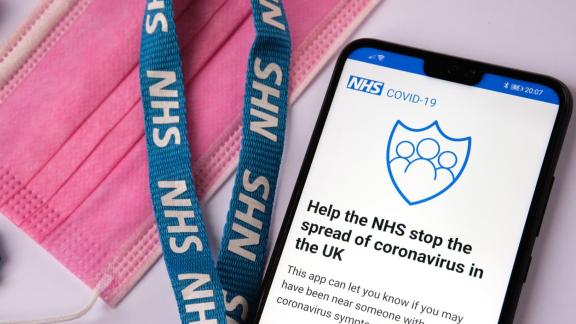The rapidly changing NHS: communication in the age of coronavirus

A key feature of COVID-19 has been the nature of communications and how the government, its national bodies and local NHS and care organisations have communicated with the public and staff. An unprecedented national crisis led to an emergency response, with a Level 4 command and control structure put in place to manage the communications.
These factors have raised key questions, such as: how well-prepared NHS organisations were for the pandemic from a communications perspective; how effectively organisations have communicated with patients, staff and local communities; and what communication tools and channels have proved to be most effective during the pandemic.
New research conducted by the Centre for Health Communication Research at Bucks New University, in conjunction with the NHS Confederation and NHS Providers, attempts to shed light on these questions by examining the changing nature of communications during the pandemic and what learning there is for future practice.
The report has been informed by a survey of 165 NHS communicators, including from provider trusts, CCGs and national health bodies. Fieldwork took place in late May and early June. An advisory group supported the research – this included Daniel Reynolds, director of communications at the NHS Confederation.
The report explores a wide range of issues, but here is a high-level summary of some of the key issues to emerge:
- In common with other NHS staff, NHS communicators have been working much longer hours than they typically worked before the pandemic. Overall working hours increased by about 25 per cent - rising from an average of just over 41 hours a week before the pandemic to an average of just over 51 hours a week during it.
- Encouragingly, most respondents feel there has been a greater appreciation of professional communications within NHS organisations and an enhanced recognition of communications as a strategic function. More than eight in ten respondents felt they had been more influential during the pandemic and more involved in helping to inform and shape organisational decision making.
- The pandemic appears to have driven a notable improvement in relationships between NHS communicators and the various organisations and professional groups they interact with. Respondents reported the pandemic had ‘galvanised’ their professional relationships as the NHS and its partners had come together with a single focus of activity that created a sense of ‘one team working together’.
- Communicators also say the pandemic has triggered more agile ways of working and innovative communications methods, with a greater focus on digital tools and approaches.
What is clear from this report is the vital and strategic role that communicators across the NHS have played in responding to the pandemic. The profession has mobilised and been at the heart of the response, working innovatively and creatively to adapt to the unprecedented challenge. Many of the innovations and new ways of working that have been introduced now need to be locked-in for the long term.
Are you an NHS communications professional?
Sign up for our NHS Communications Bulletin for the latest communications, media and PR thinking straight to your inbox every month.



